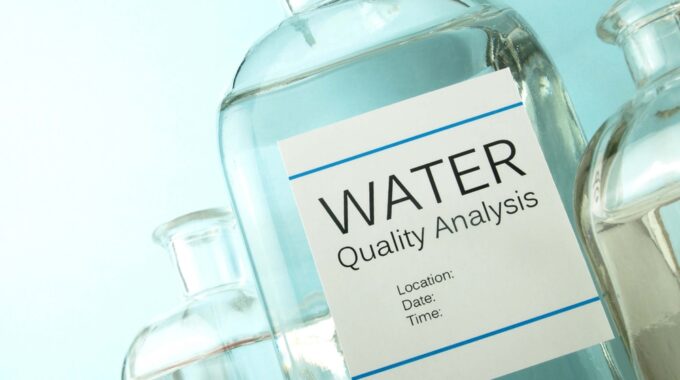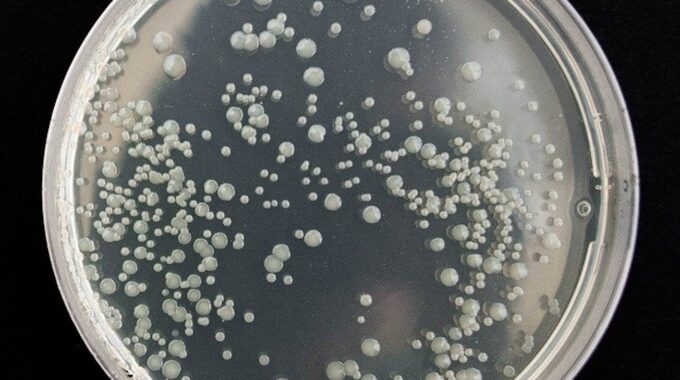Planning ahead now can help you avoid unexpected delays and costs during…
COVID-19 Surface Testing Procedures

RT-PCR Testing for COVID-19
HP Environmental now offers lab-based testing for the presence of SARS-CoV-2, the virus responsible for COVID-19. Testing for the presence of SARS-CoV-2 viral RNA on environmental surfaces is the most direct and definitive test for ensuring effective disinfection procedures. The COVID-19 virus analysis is based on the Centers for Disease Control and Prevention’s ‘Real-Time RT-PCR Panel for Detection’ and adapted and validated for environmental samples. In critical, high-risk scenarios, and for targeted testing of areas of known contamination, appropriately validated RT-qPCR methods can provide the highest level of confidence for businesses and workplaces looking to return to work while ensuring employee safety and health.
What is RT-PCR testing for COVID-19?
RT-PCR Testing for COVID-19
Reverse transcription polymerase chain reaction (or RT-PCR) is a technique used to measure RNA. The technique works by converting RNA into its complementary DNA (cDNA) strands using a transcriptase enzyme that is then amplified using the polymerase chain reaction. The amplified cDNA is measured using fluorescent compounds added to the mixture that bind to the cDNA. Specific primers and probes are also added to the mixture that are unique to the COVID-19 virus that ensure that only RNA from the COVID-19 virus is detected.
Why use RT-PCR testing?
The RT-PCR Test is used to examine surfaces for the presence of SARS-CoV-2 RNA. Studies have shown that under certain conditions SARS-CoV-2, the virus that causes COVID-19, can live for a period of time on surfaces outside the human body. Scientists have reported that the virus can remain active on plastic and stainless steel surfaces for up to two to three days and for up to 24 hours on cardboard. These findings suggest that individuals may acquire SARS-CoV-2 after touching a contaminated surface or object with the virus on it and then touching your eyes, nose or mouth. While the COVID-19 virus is easily killed using soap and water or an EPA-approved disinfectant, its presence on a surface following treatment is the most definitive test to validate the efficacy of a cleaning and disinfection protocol of high-touch surfaces to protect against infection from the COVID-19 virus.
How are RT-PCR tests conducted?
RT-PCR testing utilizes swap samples of potentially infected surfaces which are then sent to the HP Environmental laboratory for testing. For a full description of the sampling procedure, see the instructions and guideline below (“Testing for the Presence of SARS-CoV-2 on Surfaces” / “Sampling Procedure”).
What does the RT-PCR test report?
The test reports the presence/absence of RNA characteristic of SARS-CoV-2, which is the cause of COVID-19. The test measures the same gene targets (ORF1ab, N gene & S gene) as clinical tests used for COVID-19 testing in humans. Since this test is specific to SARS-CoV-2 and no other virus, it is the most direct, specific and sensitive test to detect the presence of COVID-19 virus RNA on a surface.
What does a positive test result mean?
For a COVID-19 virus to be infectious, its cell membrane and nucleocapsid (structural protein that encapsidates the viral RNA) must be intact. Unprotected viral RNA is unstable in the environment as RNA-degrading enzymes can destroy it rapidly. Therefore, a positive swab test of a surface would indicate the presence of the COVID-19 virus RNA in a stable, hence potentially infectious form.
Can RT-PCR testing be used for people?
No. While the test reports the presence/absence of SARS-CoV-2 RNA and measures the same gene targets as clinical tests used for COVID-19 testing in humans, this test is designed to detect the presence of the COVID-19 virus RNA on a physical surface such as desks, doorknobs, and other “high-touch” surfaces.
How much does it cost?
Can you send me a RT-PCR test kit?
Testing for the Presence of SARS-CoV-2 on Surfaces
Use: This test is used to examine surfaces for the presence of SARS-CoV-2 RNA. Recommended sampling areas include “high-touch” solid surfaces including, but not limited to, doorknobs/handles, elevator buttons/panels, tables and countertops, handrails, computer keyboards, telephones, water fountains, and other frequently touched hard surfaces. This test is not intended or is suitable for testing for the presence of SARS- CoV-2 on carpeting, fabrics or other soft materials and/or surfaces that are heavily soiled or dirty.
Instructions: Prior to sampling, be sure to wear appropriate personal protective equipment. At a minimum, the sampler should wear powder-free latex or nitrile gloves. To reduce the potential for cross-contamination it is recommended that gloves be changed or cleaned with an alcohol wipe for each sample.
Sampling Procedure
- Label a sample container and a small Ziploc bag with a unique Sample ID. Use an indelible, waterproof pen or permanent marker for labeling.
-
Select a swab for sampling. Remove and discard the exterior packaging. Prior to removing the swab from the tube, make sure the tip of the swab is moist by squeezing the sponge located at the base of the tube (swab must be moist prior to sampling).
-
Remove the swab from the tube for sampling. The swab tube can be discarded.
-
Select a test area of approximately 4 in². Swab the area by rubbing the swab over the surface of the test area with a constant pressure to the swab. Gently rotate the swab while swabbing.
-
After finishing the sampling, unscrew the lid on the sample container; insert the swab into the sample container and carefully break off the tip of the swab into the liquid. Carefully screw the lid back onto the sample container and discard the remaining portion of the swab.
-
Clean the outside of the sample container with an alcohol wipe and place the sample container into the labeled Ziploc bag and seal tightly. Make sure the Sample ID on the sample container and the Ziploc bag match.
-
Place the collected sample into a large Ziplock bag and then seal the bag tightly (double bagging). Multiple samples may be placed into one large Ziploc bag for transport.
-
Fill out a Chain of Custody (COC) making sure that all requested information is provide (i.e., contact/billing information, Sample ID, test requested, date sampled, etc.). Insert the COC into the pouch located on the outside of the large Ziplock bag.
-
Ship samples by FedEx overnight to the following location:
HP Environmental, Inc.
Attn: Sample Receiving/COVID-19
104 Elden Street, Suite 11, Herndon, VA 20170


